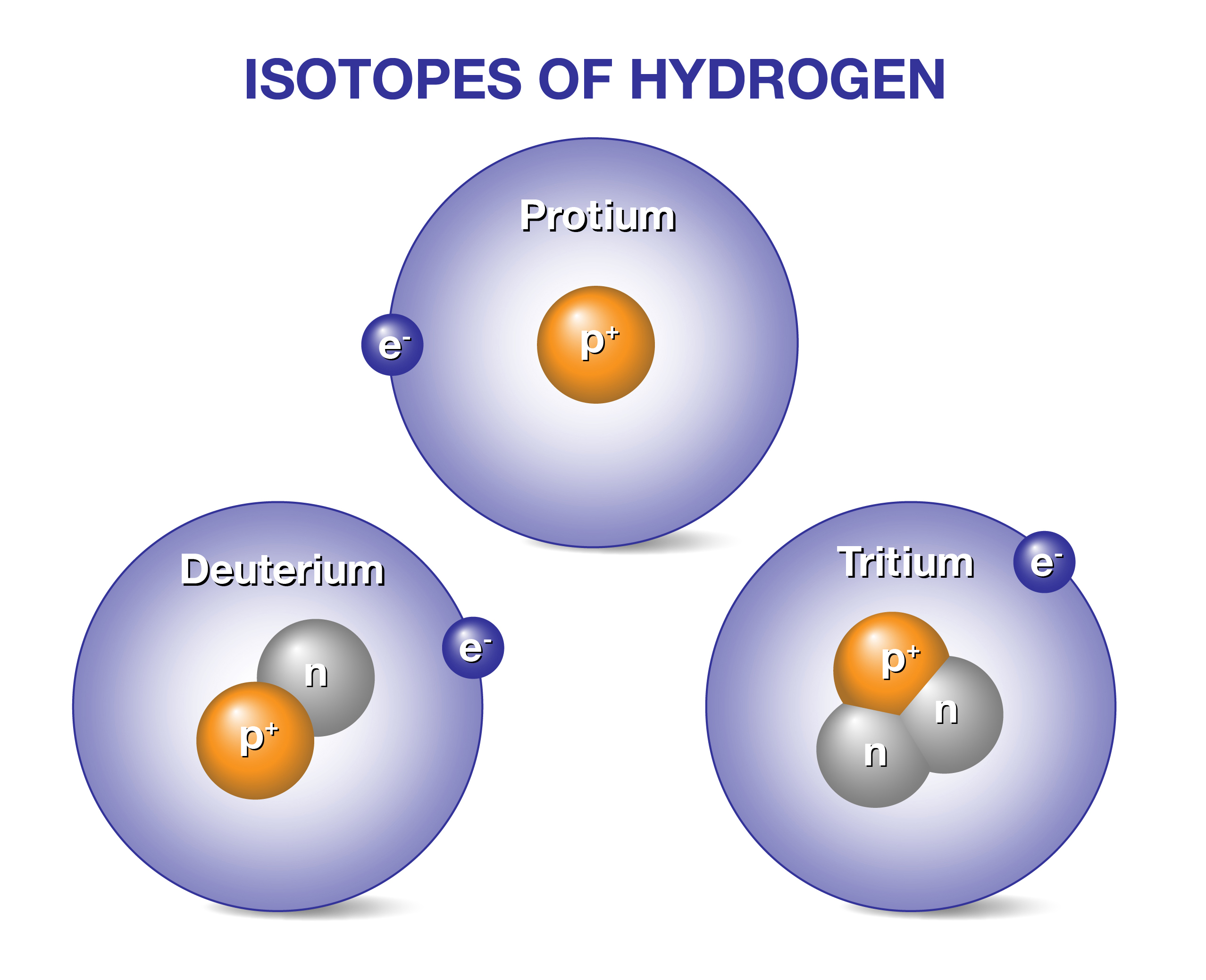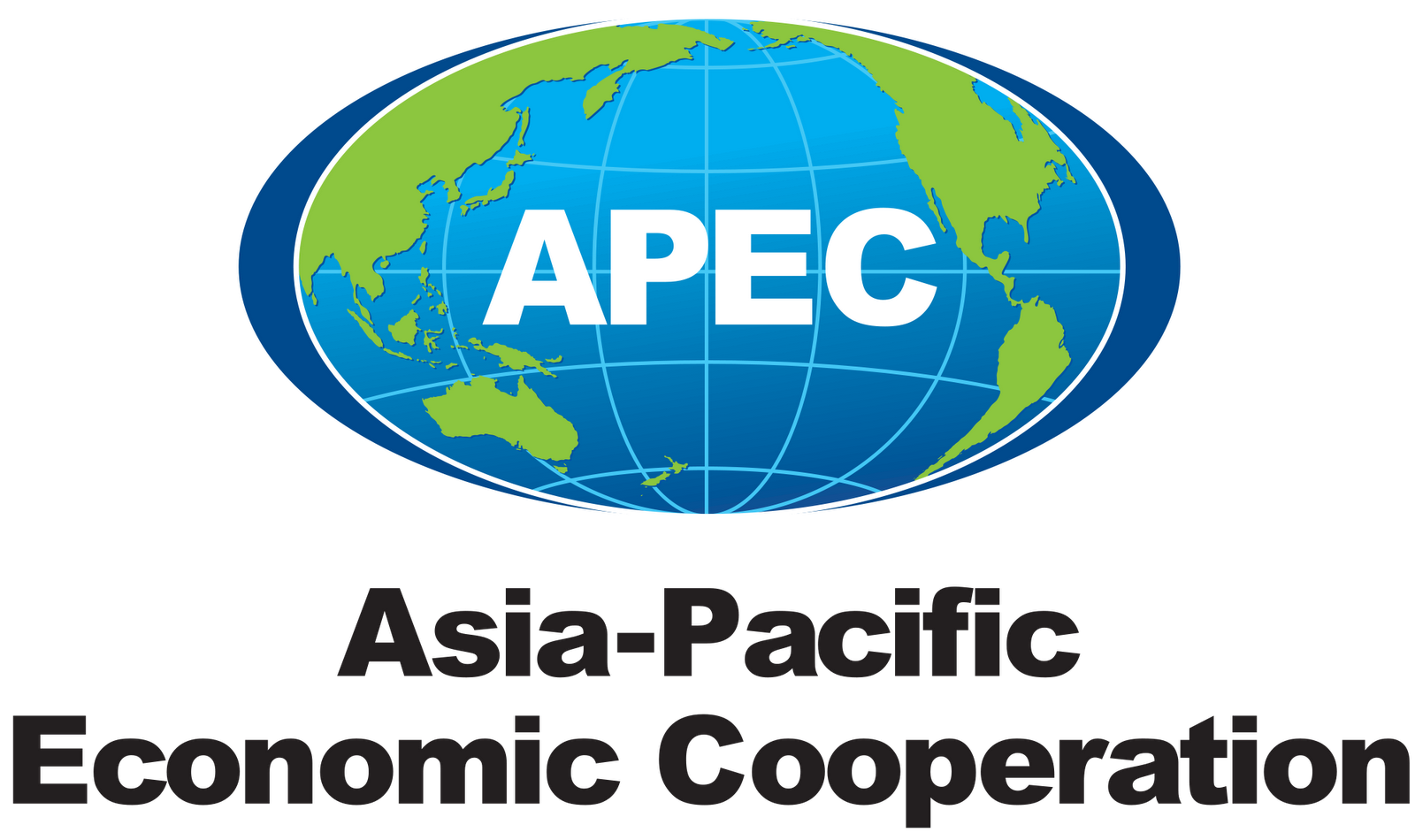Part 2 of 2 Parts (Please read Part 1 first)
Ahmed Diallo is a PPPL principal research physicist and co-author of the paper. He compares tritium-burn efficiency to the efficiency of a gas stove. Diallo said, “When gas comes out of a stove, you want to burn all the gas. In a fusion device, typically, the tritium isn’t fully burned, and it is hard to come by. So, we wanted to improve the tritium-burn efficiency.”
The PPPL team consulted the fusion community and the broader community involved in spin polarization in their quest to find ways to enhance tritium-burn efficiency. Parisi said, “Fusion is one of the most multidisciplinary areas of science and engineering. It requires progress on so many fronts, but sometimes there are surprising results when you combine research from different disciplines and put it together.”
Quantum spin is very different from the physical spin that a pitcher can put on a baseball. A good pitcher can throw the ball with many different spins. There is a whole continuum of possibilities. However, there are only a few discrete options for the quantum spin on a particle such as up and down.
When two fusion fuel ions have the same quantum spin, it is more likely that they will fuse. Parsi said, “By amplifying the fusion cross section, more power can be produced from the same amount of fuel.”
While current spin-polarization methods don’t align every ion, the gains shown in the PPPL model don’t require one hundred percent spin alignment. In fact, the study demonstrates that even small levels of spin polarization can substantially improve the efficiency of the tritium burn, improving overall efficiency and reducing tritium consumption.
With less tritium required, the size of the fusion power plant can be reduced, making it easier to license, situate and construct. This should lower the operating costs of the fusion system.
Tritium is radioactive, and its radiation is relatively short-lived compared to the spent fuel from nuclear fission reactors. This reduction in the amount of tritium required has safety benefits because it decreases the risk of tritium leakage or contamination.
Parisi said, “The less tritium you have flowing through your system, the less of it will get into the components.” The storage and processing facilities necessary for the tritium can also be made much smaller and more efficient. This makes nuclear licensing easier.
Parsi continued, “People think that the site boundary size is somewhat proportional to how much tritium you have. So, if you can have a lot less tritium, your plant could be smaller, faster to get approved by regulators and cheaper.”
More work is needed to investigate things that will be needed to implement the proposed system but have yet to be fully explored. Schwartz said, “Whether it’s possible to have integrated scenarios that maintain a high-grade fusion plasma with these specific flows of excess fuel and ash from the plasma needs to be determined.”
Diallo said there are also potential problems related to polarization methods, but these create opportunities. He said, “One challenge would be to demonstrate techniques to produce spin-polarized fuel in large quantities and then store them. There’s a whole new technology area that would open up.”
Blog
-

Nuclear Fusion 95 – Princeton Plasma Physics Laboratory Working On Spin Polarization For Nuclear Fusion – Part 2 of 2 Parts
-
Nuclear News Roundup Dec 06, 2024
Belarus has dozens of Russian nuclear weapons and is ready for its newest missile, its leader says abcnews.go.com
Agreements represent step forward for nuclear in Uzbekistan, says Uzatom world-nuclear-news.org
Oreshnik missiles will eliminate need for nuclear weapons news.az
Britain, France and Germany urge Iran to halt ‘nuclear escalation’ English.alarabiya.net
-

Geiger Readings for Dec 06, 2024
Ambient office = 73 nanosieverts per hour
Ambient outside = 102 nanosieverts per hour
Soil exposed to rain water = 106 nanosieverts per hour
Crimini mushroom from Central Market = 129 nanosieverts per hour
Tap water = 89 nanosieverts per hour
Filter water = 72 nanosieverts per hour
-

Nuclear Fusion 94 – Princeton Plasma Physics Laboratory Working On Spin Polarization For Nuclear Fusion – Part 1 of 2 Parts
Part 1 of 2 Parts
A different mixture of fuels with enhanced properties could solve some of the major challenges to making fusion a more practical energy source, according to a new study.
The new approach would still utilize deuterium and tritium, which are generally accepted as the most promising pair of fuels for commercial fusion energy production. Deuterium is an isotope of hydrogen with one neutron in its nucleus. Tritium is a radioactive isotope of hydrogen which has two neutrons in its nucleus.
Tritium is rare on Earth. It is produced naturally in the atmosphere when cosmic rays collide with air molecules, and is found in very small or trace amounts in groundwater throughout the world. Tritium is also a byproduct of the production of electricity by nuclear power plants. It mostly exists in the form of tritiated water and generally behaves as such in both the environment and the body. For this reason, tritium is widely dispersed in the environment, a very small addition to other radiation background levels.
The quantum properties of the fuel would be adjusted for peak efficiency using an existing process known as spin polarization. In addition to spin polarizing roughly half of the fuels, the percentage of deuterium would be increased from the usual amount of about sixty percent or more.
The U.S. Department of Energy’s Princeton Plasma Physics Laboratory (PPPL) is mastering the art of using plasma— the fourth state of matter — to solve some of the world’s toughest science and technology challenges. That’s why public and private researchers worldwide look to PPPL for guidance on plasma science and related engineering challenges.
The PPPL conducts essential research across a full range of plasma applications, such as developing fusion as a clean, safe and virtually limitless power source or creating the next generation of materials for microelectronics and quantum sensors and devices. With an eye toward sustainability, the Lab is also exploring ways that plasma can be used to help meet net-zero carbon targets. This includes advancing low-carbon technologies and understanding how clouds, light and aerosols interact for potential cooling strategies.
Models created by researchers at the PPPL showed that the approach allowed tritium to burn more efficiently without sacrificing fusion power. This could significantly reduce the amount of tritium needed to start up and maintain fusion reactions which could lead to more compact and affordable fusion systems.
Jason Parisi is a staff research physicist at the Lab and first author on the research paper. He said, “Fusion is really, really hard, and nature doesn’t do you many favors, So, it was surprising how big the improvement was.”
The paper, titled Simultaneous Enhancement of Tritium Burn Efficiency and Fusion Power with Low-Tritium Spin-Polarized Fuel, was published in the journal Nuclear Fusion, suggests that the new approach could burn tritium as much as ten times more efficiently. The research also emphasizes PPPL’s role at the forefront of fusion innovation. This is especially true when it involves a system such as the one studied in Parisi’s research. In his research, gases are superheated to create a plasma confined by magnetic fields into a shape similar to a cored apple.
The PPPL’s primary fusion reactor, the National Spherical Torus Experiment—Upgrade (NSTX-U), has a shape similar to the one that the researchers considered when they tested their approach.
Jacob Schwartz is a PPPL staff research physicist and co-author. He said, “This is the first time researchers have looked at how spin-polarized fuel could improve tritium-burn efficiency.”
Please read Part 2 nextSimultaneous Enhancement of Tritium Burn Efficiency and Fusion Power
-
Nuclear News Roundup Dec 05, 2024
Shimane 2 restarts after 13 years being offline world-nuclear-news.org
Virginia-Class Nuclear Submarine Christened in Newport News chesapeakebaymagazine.com
US regulators approve eVinci microreactor I&C platform world-nuclear-news.org
IAEA reviews Philippines nuclear infrastructure development world-nuclear-news.org
-

Geiger Readings for Dec 05, 2024
Ambient office = 125 nanosieverts per hour
Ambient outside = 83 nanosieverts per hour
Soil exposed to rain water = 74 nanosieverts per hour
Hydorponic tomato from Central Market = 109 nanosieverts per hour
Tap water = 130 nanosieverts per hour
Filter water = 120 nanosieverts per hour
-

Nuclear Weapons 876 – Chinese President Xi and U.S. President Discussed Nuclear Weapons At The Asia-Pacific Economic Cooperation (APEC) summit
Last Saturday at the Asia-Pacific Economic Cooperation (APEC) conference in Lima, Peru, U.S. President Biden and Chinese President Xi Jinping agreed that any decision to use nuclear weapons should be controlled by humans, not by artificial intelligence.
This is the first time that China has made this statement. It comes at a time when Biden is getting ready to leave office. Biden’s national security adviser Jake Sullivan told reporters that the agreement was an important first step for the two nuclear powers to address a long-term strategic risk of nuclear war.
Biden’s goal in the meeting was to emphasize the importance of stability in the U.S. – China relationship during the transition of power in the U.S., and to try to nail down gains he had made with Xi on issues like counternarcotics and climate.
Xi said that China wants to work with the incoming Trump White House. He continued, “China is ready to work with the new U.S. administration to maintain communication, expand the cooperation and manage differences. Our position of resolutely safeguarding China’s sovereignty, security and development interests remains unchanged.”
At the start of the ninety-minute meeting, held on the sidelines of the APEC summit, Xi said that the relationship between the two countries was “the world’s most important bilateral relationship.” Biden said, “How we get along together is going to impact the rest of the world.”
Xi mentioned that the bilateral relationship had “gone through ups and downs” during Biden’s term. He and took specific aim at the Biden administration’s export controls on advanced technology. These restrictions are aimed at advanced semiconductor manufacturing tools, the most advanced types of semiconductor chips and technology used in military systems, hypersonic missiles, autonomous systems, and surveillance.
In his opening remarks, Xi dedicated considerable time to talking about competition in “an age of flourishing sci-tech revolution”. He said, “Only mutually beneficial cooperation can lead to common development. ‘Small yard, high fences’ is not what a major country should pursue.” This was a direct reference to the U.S. export control policy.
Biden’s team is advocating for the incoming U.S. administration to carry on the export controls, Sullivan said. Prior to the meeting, Sullivan had told reporters that he saw some continuity with the incoming Trump administration. He specifically mentioned Representative Mike Waltz, who Trump has just named as his national security adviser, and Senator Marco Rubio, who Trump will nominate for Secretary of State, for their focus on the strategic challenges posed by China.
Trump made tariffs on imports of Chinese goods a feature of his first term in office and vowed during his campaign to hike tariffs on China again in his second term. Biden had kept most of Trump’s in place during his time in office.
Sullivan said Biden reiterated his concerns about Chinese trade practices during the APEC summit. He also said Biden was concerned about China’s support for Russia’s defense industrial base. He urged Xi to use his influence over North Korea to stop that country from sending more troops to fight for Russia against Ukraine. -
Nuclear News Roundup Dec 04, 2024
Westinghouse Welcomes Canadian Financing for Poland’s First Nuclear Power Plant Bakersfield.com
Three moves show Putin is on the brink of launching nuclear weapons msn.com
Iran’s further escalation of its nuclear program: joint statement by France, Germany and the UK gov.uk
More nuclear energy could be coming to New York wxxinews.org
-

Geiger Readings for Dec 04, 2024
Ambient office = 114 nanosieverts per hour
Ambient outside = 95 nanosieverts per hour
Soil exposed to rain water = 85 nanosieverts per hour
Blueberry from Central Market = 136 nanosieverts per hour
Tap water = 103 nanosieverts per hour
Filter water = 91 nanosieverts per hour
-

Nuclear Fusion 93 – Laboratorio Nacional de Fusión–CIEMAT Is Working On Optimizing Magnetic Fields In Stellarators
Fusion plasma confinement could be enhanced with recent magnetic fields breakthrough. For decades, researchers and engineers have been working to develop reactors that can achieve nuclear fusion to meet the increasing need for clean and limitless energy. The success of such experiments depends on multiple critical factors, including optimized magnetic fields that could facilitate enhanced fusion plasma confinement.
Introduced by researchers at Laboratorio Nacional de Fusión–CIEMAT in Spain, the new group of magnetic fields is claimed to be better suited for confining particles in fusion devices than other types of magnetic fields.
With the aid of such magnetic fields, the researchers emphasize that the devices won’t require complex equipment configurations. The new development is claimed to be an important step for the creation of commercial fusion reactors.
The study, titled Piecewise Omnigenous Stellarators, was published in the journal Physical Review Letters. It presents a new family of optimized fields that display tokamak-like collisional energy transport while having transitioning particles. This result broadens the space of accessible reactor-relevant configurations. Researchers focused on less understood magnetic fields that could enhance the design of future stellarator reactors.
José Luis Velasco is the first author of the paper. He stated that in the last few years, there have been many initiatives proposing the design and construction of new experimental fusion devices and reactor prototypes.
Velasco said, “When these projects design the magnetic field that will confine the fusion plasma, practically all of them try to make the field omnigenous. The fact that inspired our research is that the fusion community actually knew that it is possible to have magnetic fields that are quite far from being omnigenous but still display good plasma confinement (e.g., the Large Helical Device, an experimental device operating in Japan, and some old and recent numerical experiments in U.S.).”
In omnigenous magnetic fields, charged particles are well confined in the absence of collisions and turbulence. For this reason, the magnetic configuration is optimized to be near omnigenity in any design for a stellarator fusion reactor.
Researchers maintain that attempting to reach omnigenity imposes severe constraints on the spatial variation of the magnetic field. The topology of the contours of constant magnetic field strength on each magnetic surface must contain no particles transitioning between different types of wells. This usually leads to complicated plasma shapes and coils, according to the study.
Generating electricity from fusion reactions will be possible when the plasma inside stellarators is hot enough. This can be achieved by carefully designing the magnetic fields that are used to confine the particles.
This process is referred to as “optimizing the stellarator,” which ensures that the particles that make up the plasma stay, along their trajectories, close to the same magnetic surface. Velasco emphasized that in order to achieve omnigenity, it is necessary to optimize the stellarator “as a whole.”
Researchers found that similarly good confinement properties are obtained if one ‘splits’ each magnetic surface of the stellarator into several pieces and optimizes each of them separately. Hence the name “piecewise omnigenous.”
